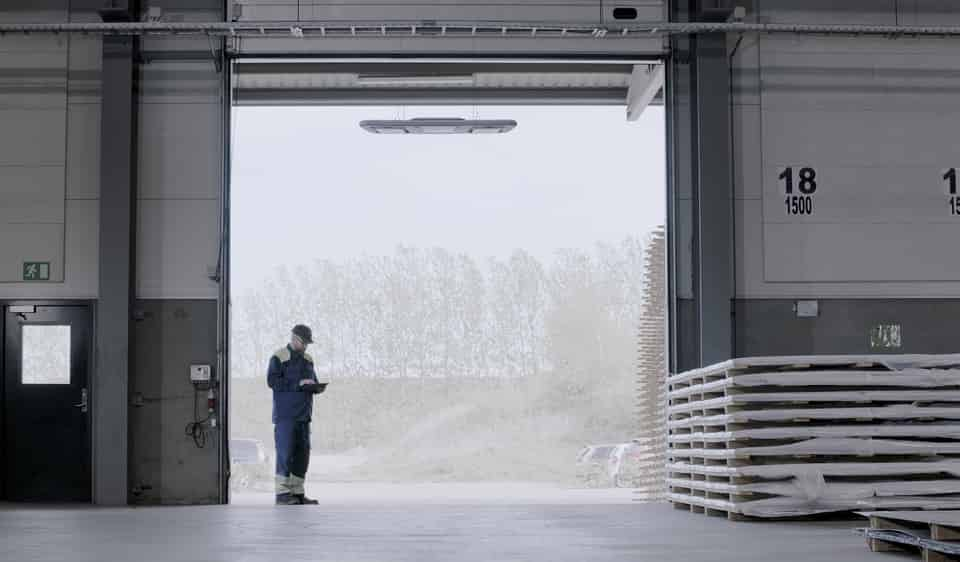Keep track of inventory and assets with passive RFID tracking
Passive RFID helps you gain real-time traceability and visibility. Learn more about our passive RFID tracking solutions at Lyngsoe Systems.
How does RFID technology help your operations?
Radio-frequency identification (RFID) technology is a wireless communication technology that uses radio waves to transfer data encoded in an RFID tag to a reader. RFID technology is transformative for business operations as it can be used to transparently identify and track tagged objects to automate inventory management. RFID technology tracking solutions remove manual registration and scanning processes and enable frictionless capture of data. The solutions provide real-time insights and visibility about the location and other details of tagged objects and assets in the supply chain.
RFID tracking solutions are used across many sectors, including airports and airlines, healthcare, postal and supply chain, helping businesses to improve scan rates and quality, and reduce errors, which normally results in better performance and cost savings.
RFID tags are available as both smart labels (stickers) and hard-cased tags. Smart labels are more cost-effective and commonly used in inventory management in ordinary environments, while hard-cased tags are often used in harsh environments or for tracking assets that require regular cleaning and/or maintenance as they offer greater durability and resistance to environmental factors. Ultimately, the choice between smart labels and hard-cased tags depends on the specific needs of the customer and the application of the RFID technology.

Passive RFID can be applied in a wide range of use cases
Passive RFID tags are versatile and widely used across various sectors for asset tracking, including tools and equipment, container tracking, pallets, roll cages and ULDs (unit load devices). Passive RFID is used in healthcare to track medical devices and equipment, ensuring the timely availability of said items to help reduce the risk of medical errors. Airlines use passive RFID to track customers’ luggage, improving baggage handling and security, and reducing the chances of lost luggage and delays. Passive RFID is used in manufacturing and supply chain to track pallets containing products, enabling efficient inventory management, and helping to reduce human error. Similarly, in the postal sector, passive RFID is used to track roll cages and post, allowing for the streamlined movement of packages, while improving efficiency and quality assurance.
Scale your tracking capabilities with active RFID
Active RFID supports growing logistics requirements and complex tracking environments. Learn about our leading active RFID solutions now.

Want to know more about the possibilities of passive RFID?
At Lyngsoe Systems, we are leading providers of RFID tracking solutions, using both passive and active RFID tags. With decades of experience, working in the healthcare, airport and airline, supply chain and postal markets, we support businesses to improve their asset utilization, operational efficiency and customer experience.
If you would like to know more about how we can help you streamline your business operations through frictionless real-time asset tracking, get in touch with our team of experts.
Explore more articles